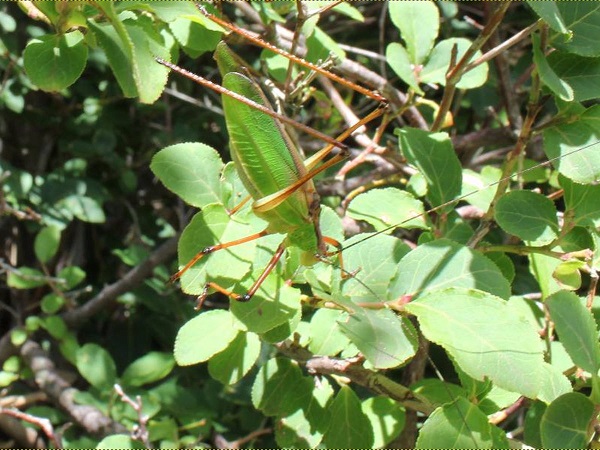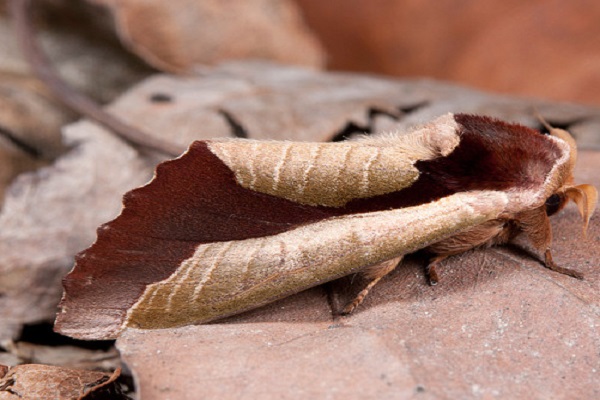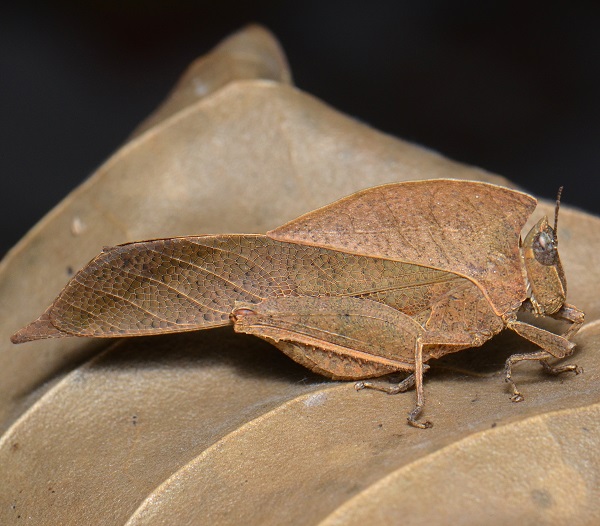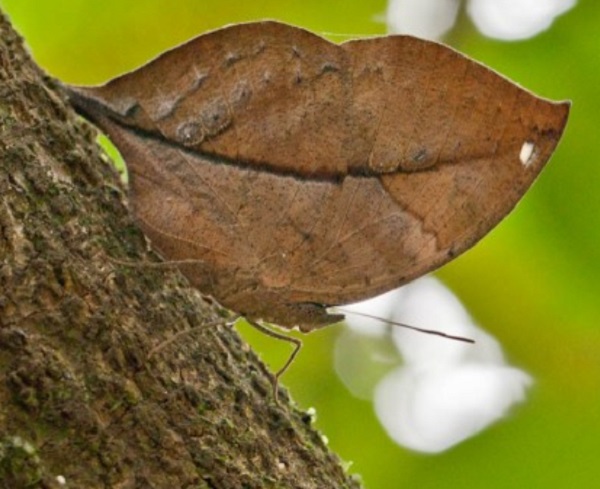There are thousands of species of insects in nature, which are divided into different subspecies depending on their habitat, diet, and appearance. Some species live on the soil as a habitat, some live in trees, and some live on plants. It is the plant-dwelling ones that account for most of the insects on this list. Most of the insects you will see have a natural camouflage feature that is genetically present in many living species in nature. But what makes them so special is that these ten can camouflage themselves to such an extent that you cannot see them unless you look very closely. In fact, it can be almost impossible to tell the difference between the insect species and the real leaves that surround them…

Giant Leaf Insect (Pulchriphyllum giganteum)
Pulchriphyllium giganteum, commonly known as the giant Malaysian leaf insect, is a species of leaf insect described from Malaysia by Hausleitner in 1984 and placed in the genus Pulchriphyllium since 2021. based on size. They are most commonly found in the tropics of western Malaysia.

Indian Oakleaf Butterfly (Kallima inachus)
Kallima inachus, the orange oak leaf, Indian oak leaf or dead leaf, is a nymphalid butterfly found in tropical Asia from India to Japan. With its wings closed, it closely resembles a dead leaf with dark veins and is an oft-cited example of camouflage.

False Katydid (Phaneropterinae)
Phaneropterinae, or sickle-headed bush-crickets or leaf-crickets, are a subfamily of insects in the family Tettigoniidae. There are about 2,060 species in 85 genera known worldwide. They are also known as false katydids or round-headed katydids.

Leaf Mimic Moth (Uropyia meticulodina)
Uropyia meticulodina is a species of butterfly in the family Notodontidae, first described by Oberthür in 1884. It is found in Taiwan, Japan, and the Chinese provinces of Yunnan, Hubei, and Shaanxi. The wingspan is 45–55 mm. Adults imitate dead leaves.

Deadleaf Grasshopper (Chorotypidae)
Chorotypidae is a family of tropical Asian grasshoppers (order Orthoptera), formerly included in the family Eumastacidae. These grasshoppers have a head raised above the level of the thorax and short antennae. Some species have reduced wings, others have wings that widen toward the ends, and others have a flattened leaf-like shape.

Moon butterfly (Actias luna)
The luna moth, also known as the American luna moth, is a Nearctic moth of the family Saturniidae, subfamily Saturniinae, a group commonly known as the giant silk moth. It has lime-green wings and a white body. The larvae are also green.

Thorny insect (Extatosoma tiaratum)
Extatosoma tiaratum, commonly known as the spiny leaf insect, giant spiny stick insect, Macleay's ghost or Australian walking stick, is a large species of Australian stick insect endemic to Australia.

Plant grower (Fulgoroidea)
A leafhopper is any insect of the infraorder Fulgoromorpha of the suborder Auchenorrhyncha, a group containing over 12,500 described species worldwide.

Blue Oakleaf Butterfly (Kallima horsfieldii)
Kallima horsfieldii, the blue oak leaf, southern blue oak leaf or Sahyadri blue oak leaf, is a nymphalid butterfly native to India. The underside looks like a leaf with a midrib, while the upperside is brightly colored.

Green bug (Palomena prasina)
The green stink bug is a European species of stink bug in the family Pentatomidae. The name may equally apply to several other species of the tribe Nezarini, or if called the "green stink bug", it may more appropriately belong to the larger North American stink bug, Acrosternum hilare.
Which of these amazing insects do you like the most? Have you seen any of these in real life? Let us know in the comments below.














Оставить Комментарий